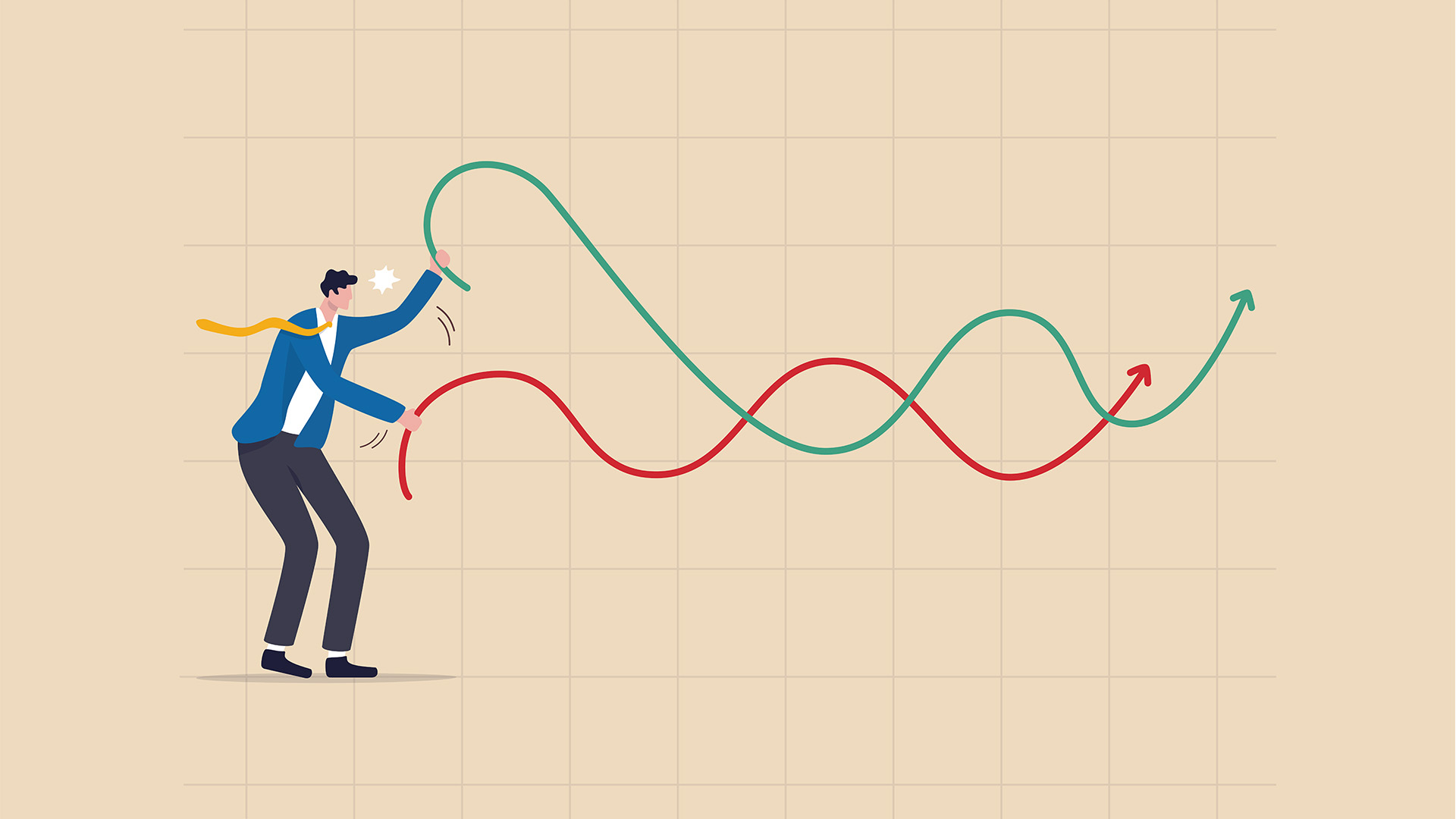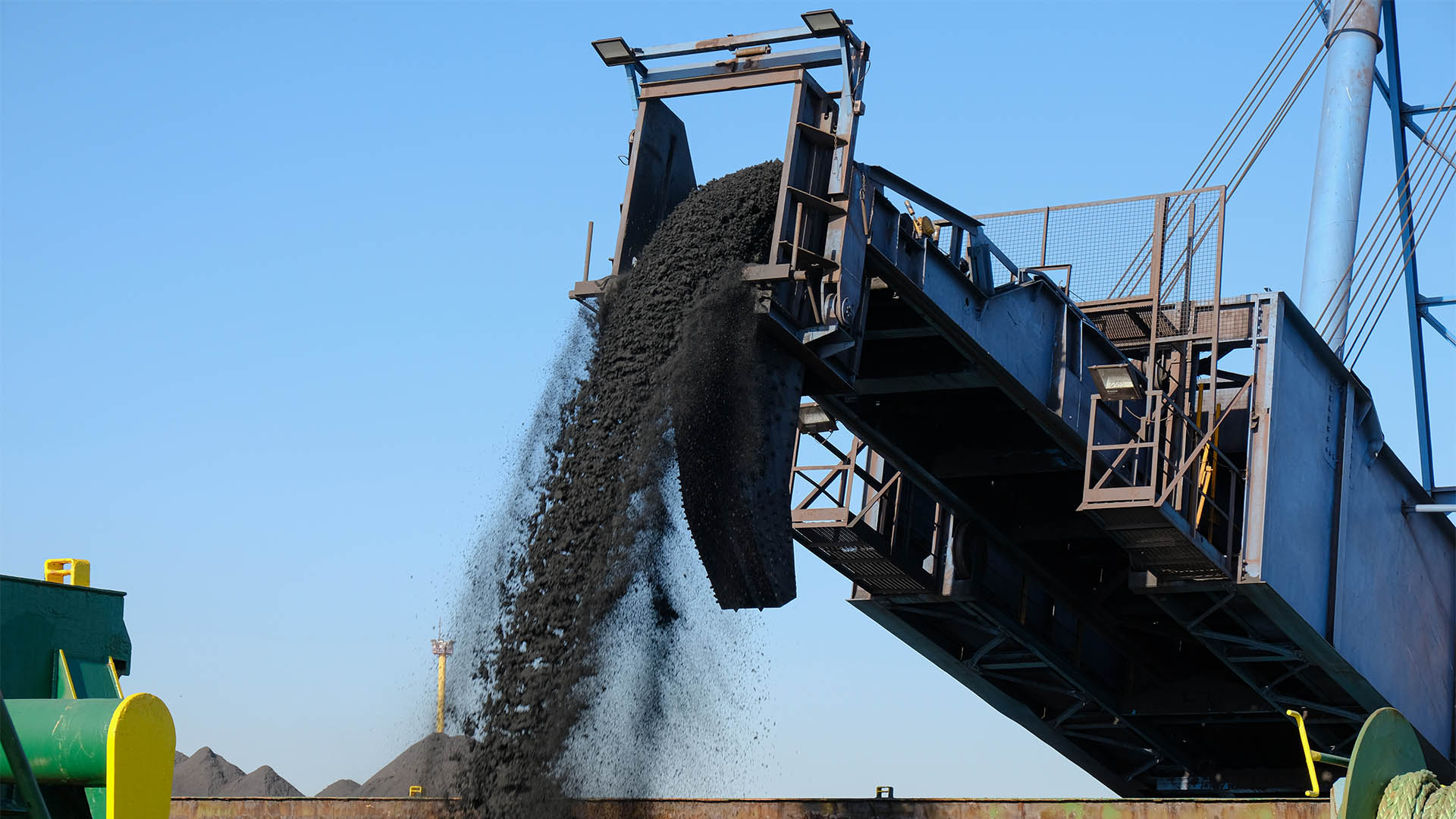The March labour force data was strong – showing the jobless rate fell by 0.2 percentage points to 5.6% – but we won’t get a true picture of the health of the jobs market post JobKeeper until this time in May and then in June.
And while the number of people out of work fell by 27,100, there was a 70,700 jump in total employment, taking the number of people with a job to a record 13.077 million.
The increase was driven by part-time workers with a 91,500 increase through the month. Full-time employment actually fell by 20,800.
That was probably full-time positions not being filled because employers were uncertain about future demand – although the NAB business survey for March showed conditions and confidence at or near record levels across the board.
Over the past 12 months, full-time employment is down by 2500 people while part-time is up by 76,800.
The figures were collected in the first half of last month, ahead of the March 28 end of the JobKeeper program. Treasury estimates are for a rise of more than 100,000 in the number of unemployed people with the end of JobKeeper.
Seeing the estimated number of those jobless in March was just over 778,000, the Job Keeper impact could well take that number back over 900,000 or back to the level in December, 2020 (around 912,000).
The participation rate rose to a record high of 66.3%. Among women, the participation rate hit a record high of 61.8% while it fell slightly among men to 70.9%. The underemployment rate, which includes people who want more hours, fell to 7.9%. It was 8.8% a year ago and 8.5% in February.
The peak was 13.8% in April last year so next month’s labour force data will show the full extent of the bust to boom in underemployment.
The overall result was driven by Western Australia where the jobless rate fell 1.3 percentage points to 4.8%. It is the lowest jobless rate in WA since December 2013, almost a year before the end of the post-GFC mining construction boom.
There was a state election last month which would have seen thousands of temporary workers hired by the electoral commission. That improvement will be reversed in April’s report.
Unemployment fell by 0.6 percentage points in the ACT to a national low of 3.4%.
Elsewhere, unemployment fell by 0.3 percentage points in NSW to 5.4%. It rose by 0.4 percentage points in Victoria to 6.1% but this was largely due to more people looking for work which lifted the participation rate.
Unemployment is highest in South Australia and Tasmania at 5.9%.
The ABS’s head of labour statistics, Bjorn Jarvis, said the number of hours worked was now back higher than it was in March last year, the first time during the pandemic period.
“The proportion of women employed was the highest it’s ever been (58.5 per cent), half a percentage point higher than in March 2020, while the proportion of men employed remained slightly lower than before the pandemic (66.8 per cent, compared with 67.0 per cent in March 2020),” he said.
The employment to population ratio rose to a near record 62.6% in March as well.












